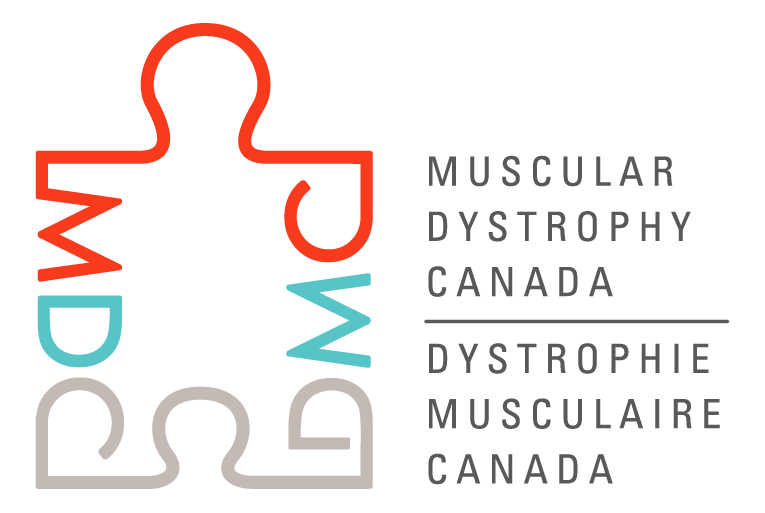You call it Limb-Girdle…
We call it a neuromuscular disorder.
MEET CHRISTINA
Christina was twelve years old when she started to experience weakness in her legs. She struggled to get up off the floor and just climbing stairs became very hard. Sometimes, her legs would give out entirely.
As an active and energetic youth who was involved in many sports, Christina kept making excuses for her sudden change in abilities. As her muscle weakness continued to progress, Christina was referred to a specialist. After several tests and visits, she and her family received life altering news.
Christina was diagnosed with limb-girdle muscular dystrophy.
Finally, Christina and her family had the answers they so desperately needed. Initially relieved to finally have an explanation for her change in ability, her diagnosis led to many more questions— questions that no one seemed to have the answers to.
When a Canadian is diagnosed with a neuromuscular disorder, we know they will need a lot of support and services. But the systems around us – provincial healthcare, private insurance, and government policy – aren’t set up to give that kind of full support. These systems are also difficult for people to navigate. So that’s why we’re here – to fill in the healthcare gaps and help people find their way through these systems.
While Christina still doesn’t have all the answers to her questions, she knows that MDC is with her every step of the way and that research plays an important role in her quality of life. Christina emphasizes that even without a cure, the diagnosis itself was crucial.
“As hard as the diagnosis may be, education is one of the most important pieces,” she says. “It is a big step in accepting your diagnosis and leading the best life possible. You will have to advocate for yourself, and being informed is one of the best ways you can do that!”
What you need to know about LGMD
Limb-girdle muscular dystrophy (LGMD) represents a group of inherited disorders with various subtypes distinguished by specific genes and modes of inheritance. The primary muscles affected in LGMD are typically those around the hips and shoulders, known as proximal muscles. One of the initial signs of LGMD may be a “waddling” gait due to weakness in the hip and leg muscles, which can make walking challenging. Difficulties may arise when getting up from chairs, rising from a seated position, or climbing stairs. As the weakness advances, assistive mobility devices may be needed for support. Certain subtypes of LGMD may present additional symptoms. For instance, certain types of LGMD can affect the heart, resulting in weakened heart muscle (cardiomyopathy) or irregularities in the transmission of signals that regulate the heartbeat (conduction abnormalities or arrhythmias). The age of symptom onset and the rate and severity of disease progression can vary among individuals.
LGMD can be diagnosed with information on symptoms, age at onset, family history, and confirmation through DNA mutation analysis. There tends to be a delayed (and missed) diagnosis of LGMD. Therefore, MDC is currently working to better understand experiences with LGMD and getting a diagnosis in Canada. There are no cures or approved disease-modifying therapies for LGMDs, so the management focuses on preserving function and preventing contractures. Treatment for LGMD may involve physical and occupational therapy, assistive devices, physiotherapy, orthoses, and, in some cases, surgery. Given the multi-systemic impact of LGMDs, specialized clinics in neuromuscular disorders is ideal for all people with LGMD.
For more information on LGMD or to participate in our early diagnosis of LGMD project, please contact research@muscle.ca or call 1-800-567-2873 ext 1114.
THIS SECTION IS HIDDEN
SMA Muscular Dystrophy Clinical Trials
There is currently 1 SMA trial that is recruiting in Canada. See the list below for more details:
RECRUITING
ENROLLING BY INVITATION ONLY
If you have any questions, please email research@muscle.ca
Last updated on March 8, 2021
GENEROUSLY SPONSORED BY:

